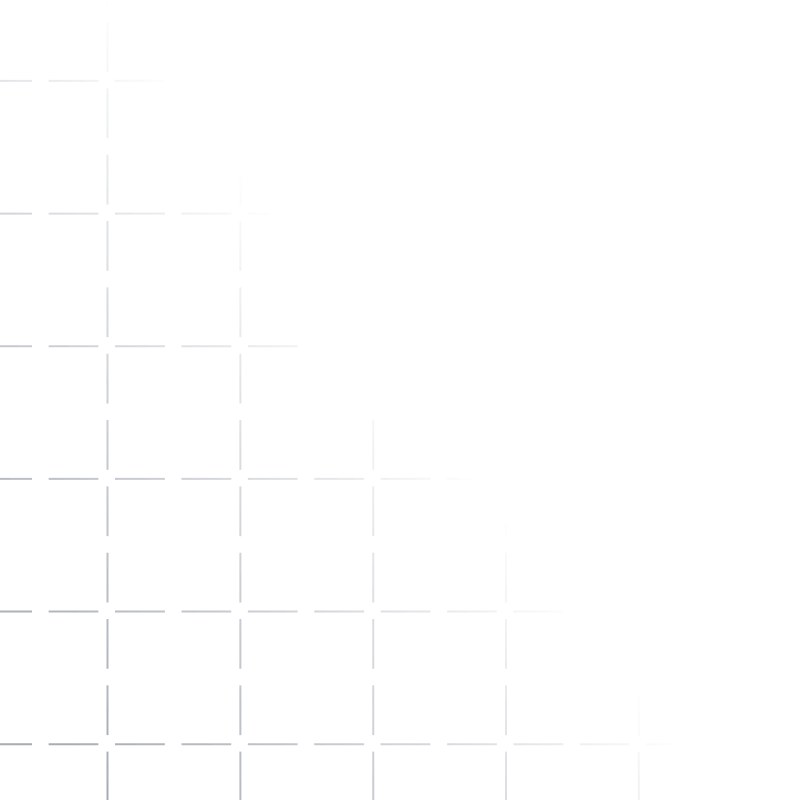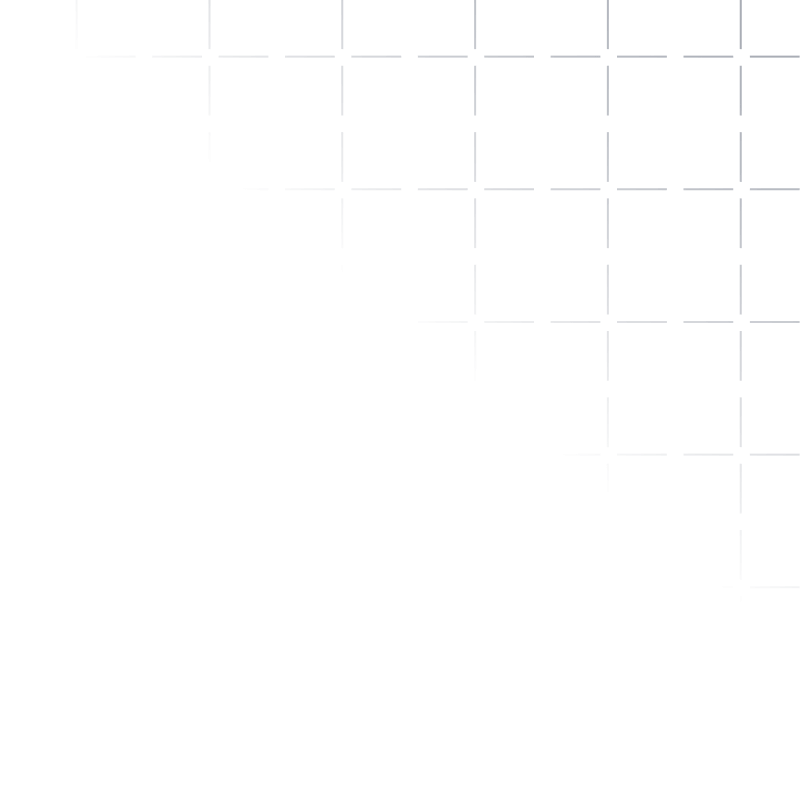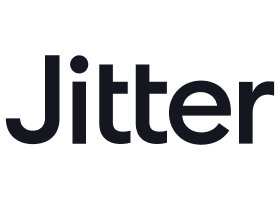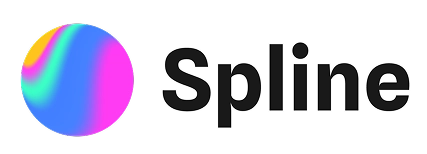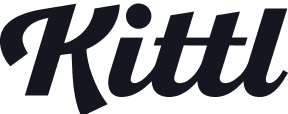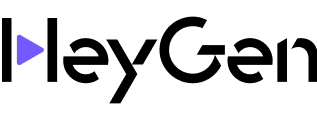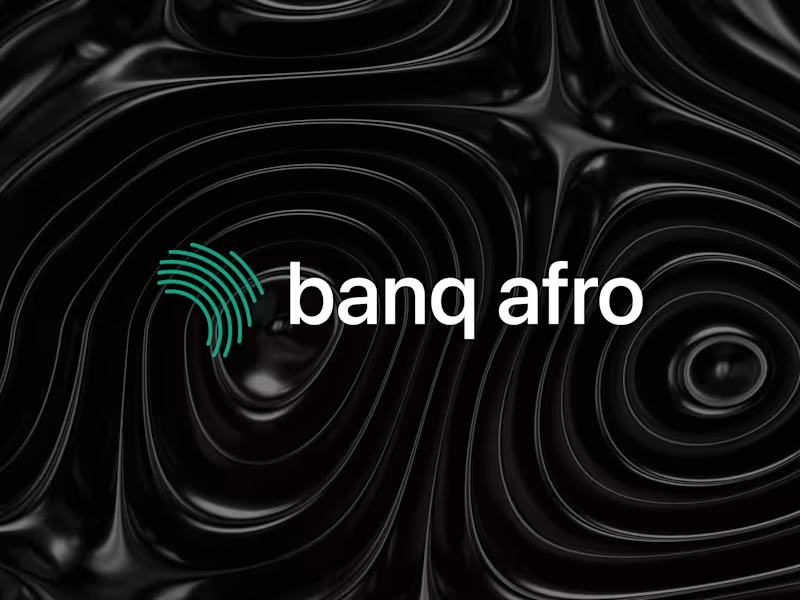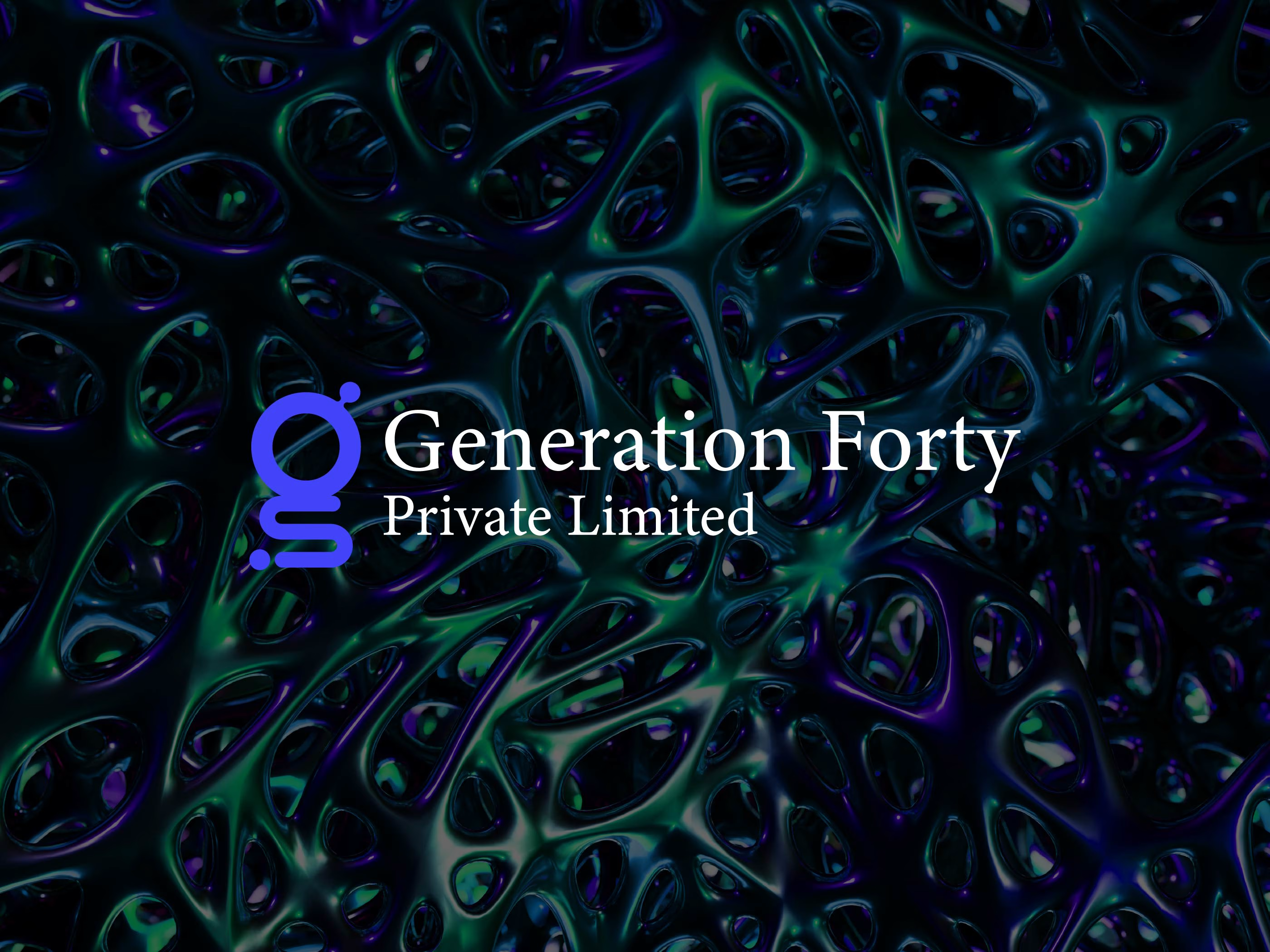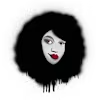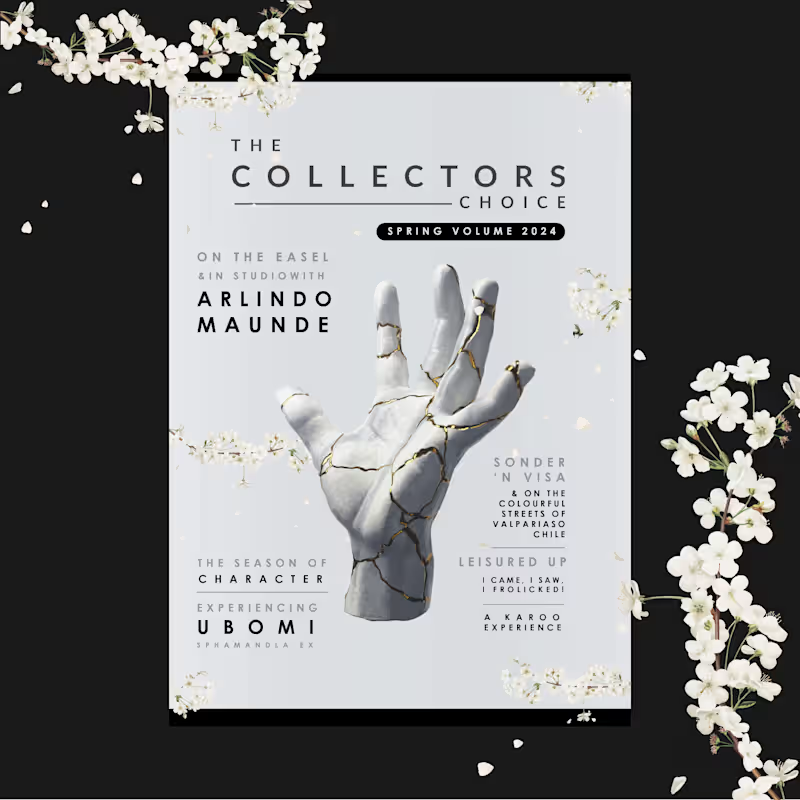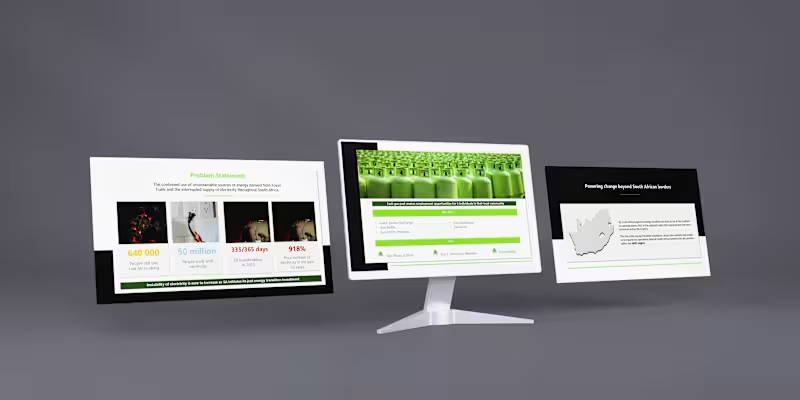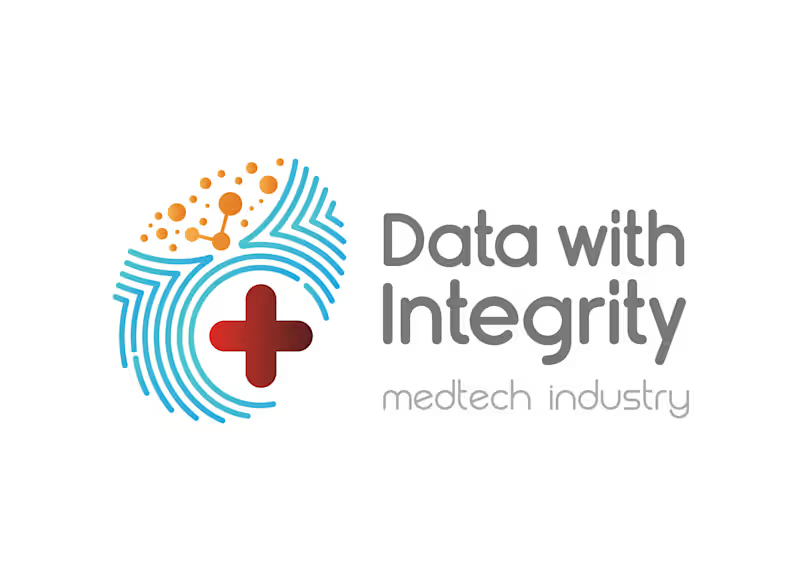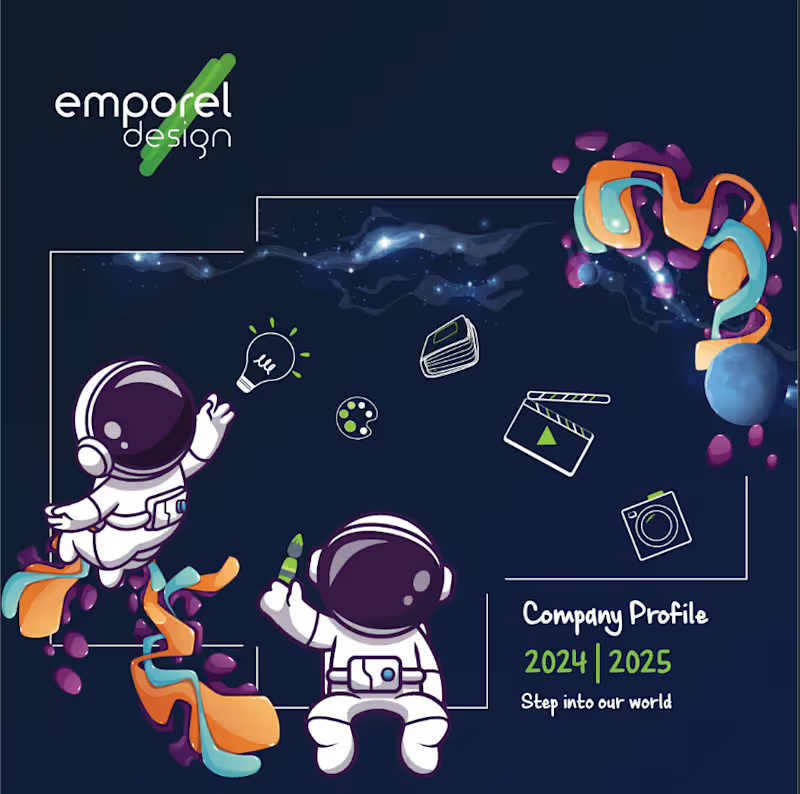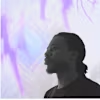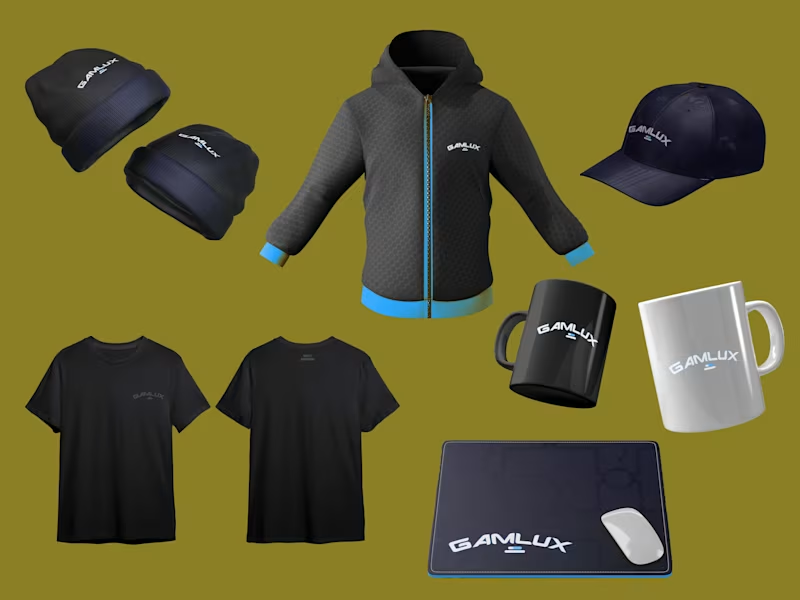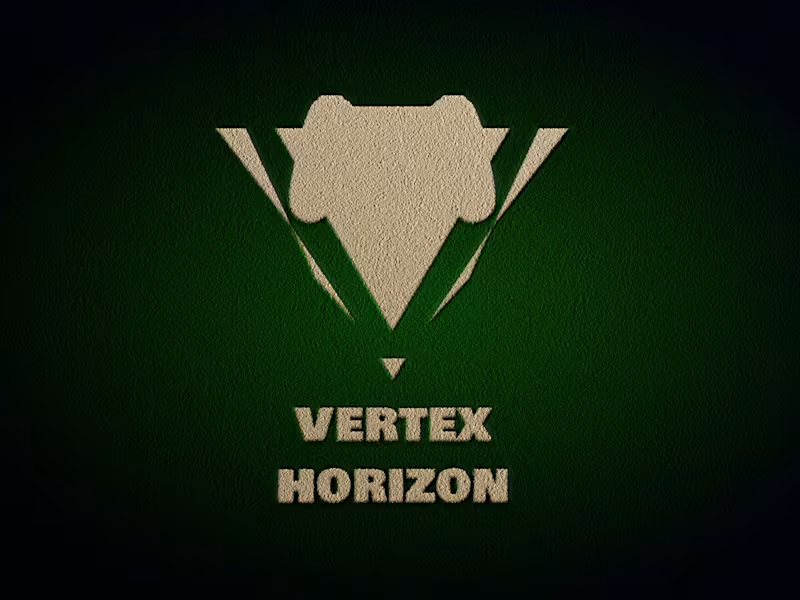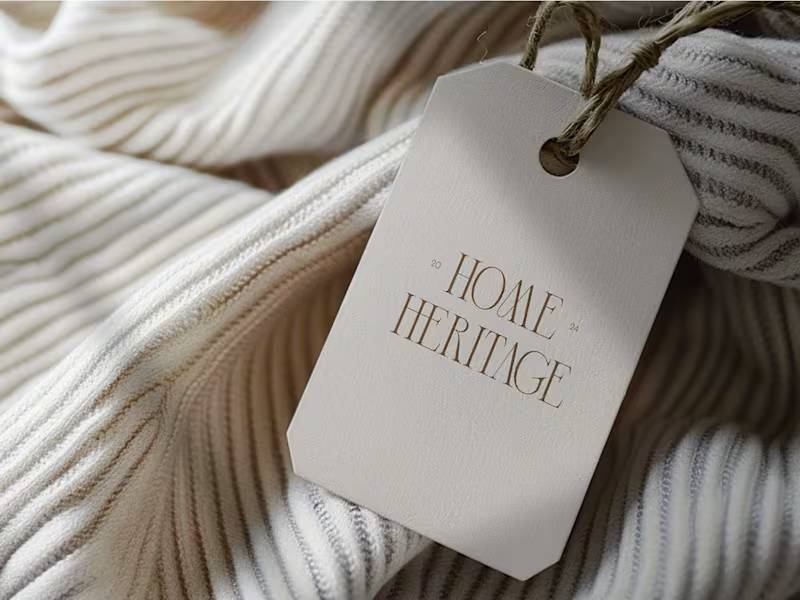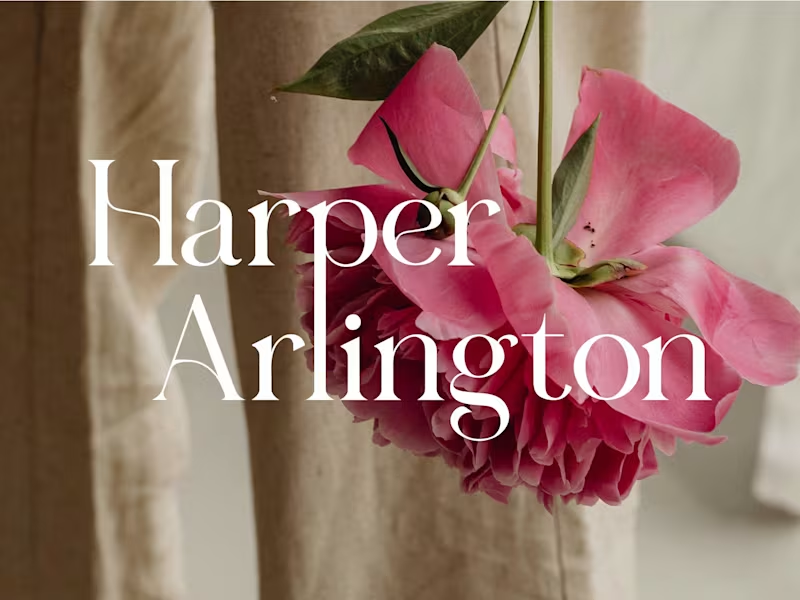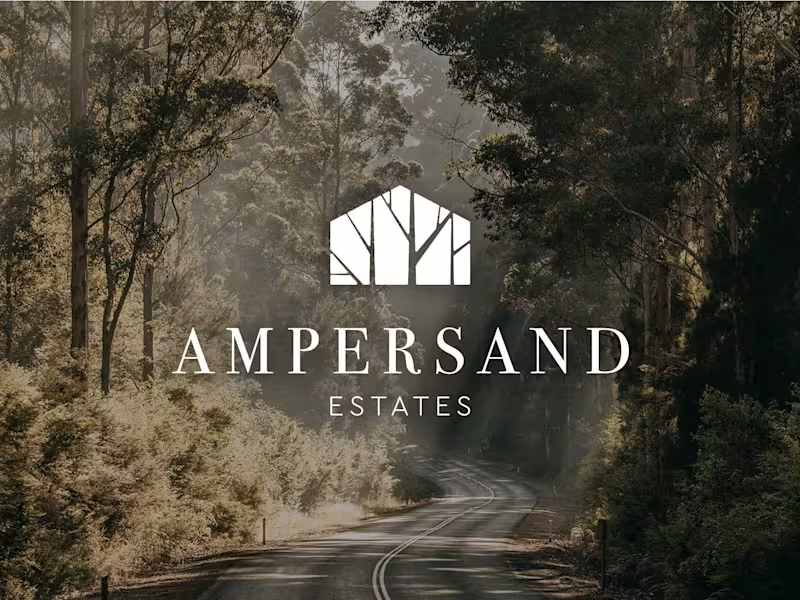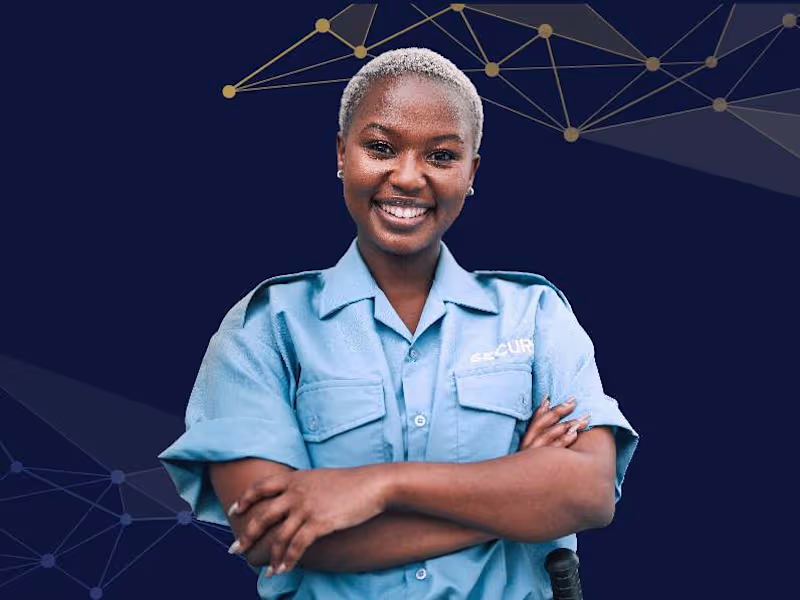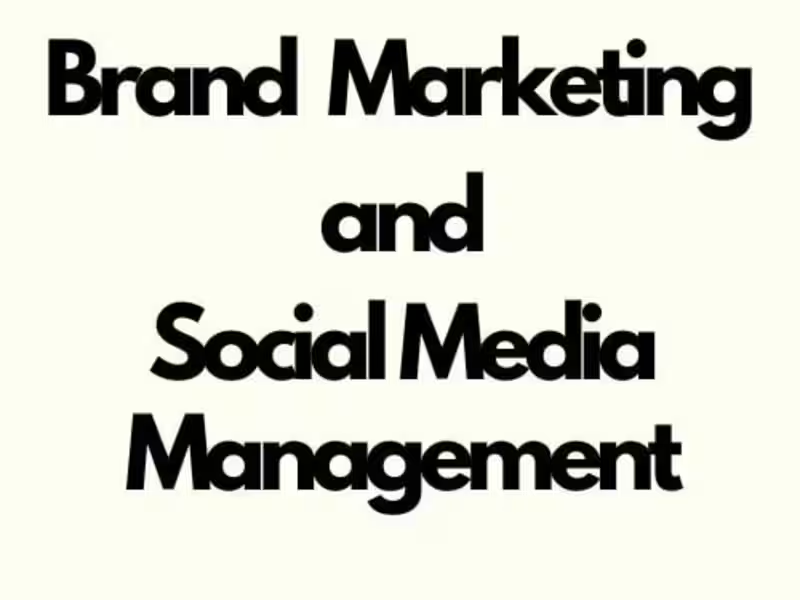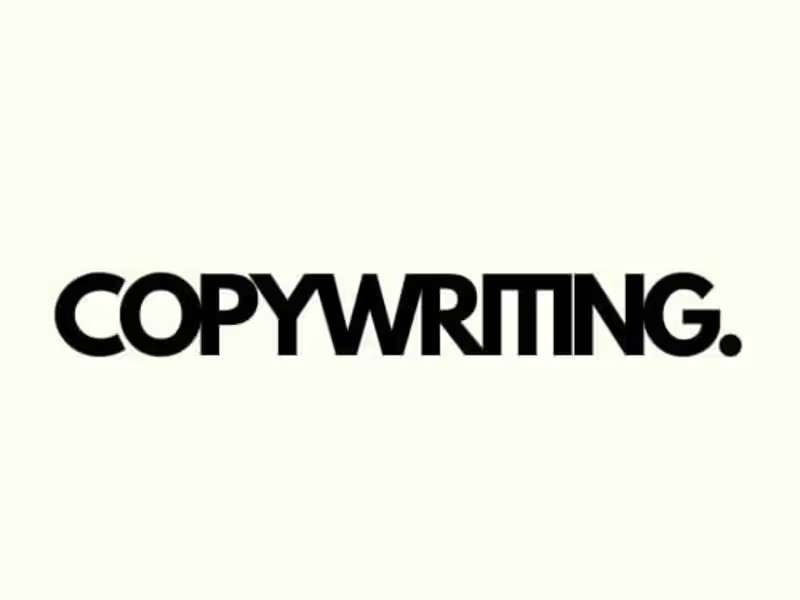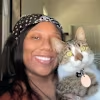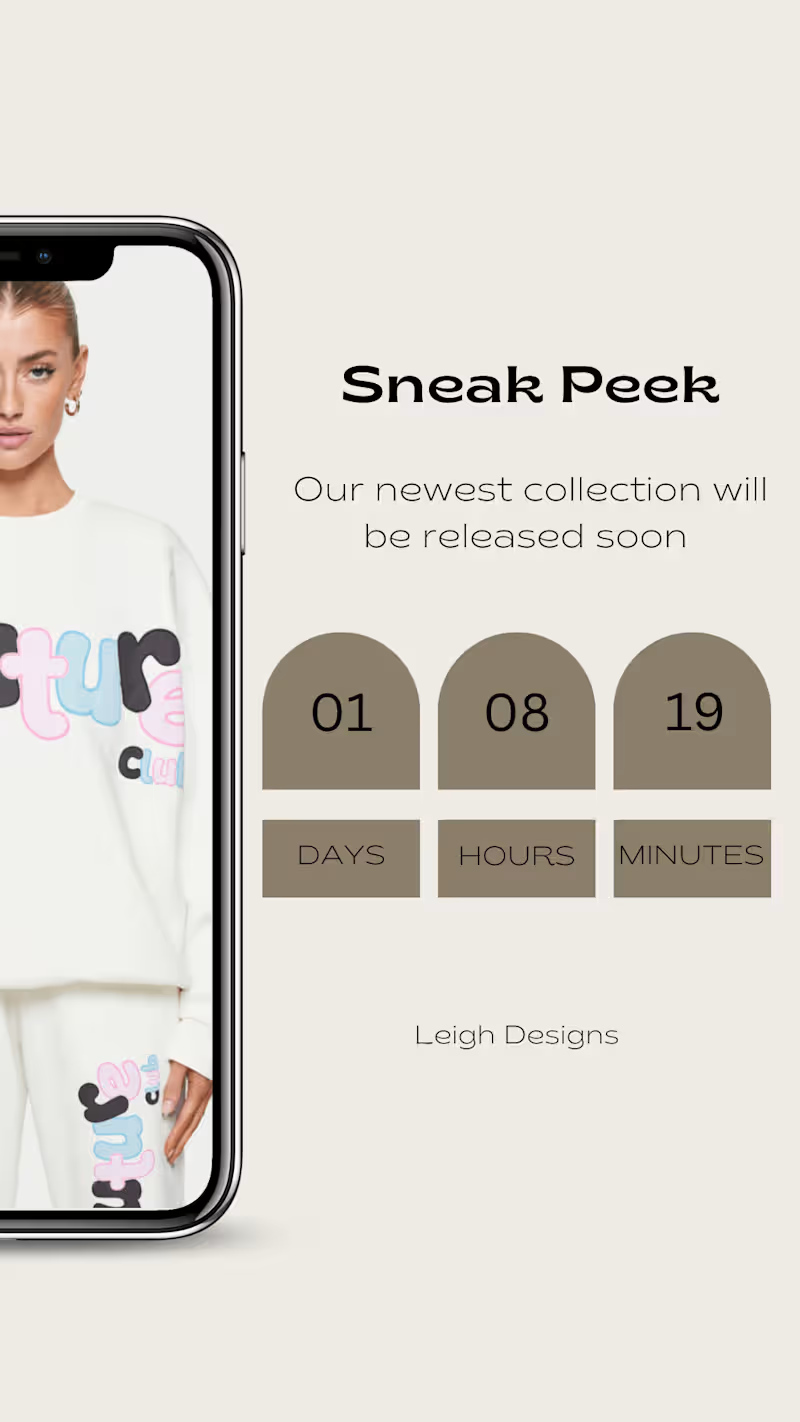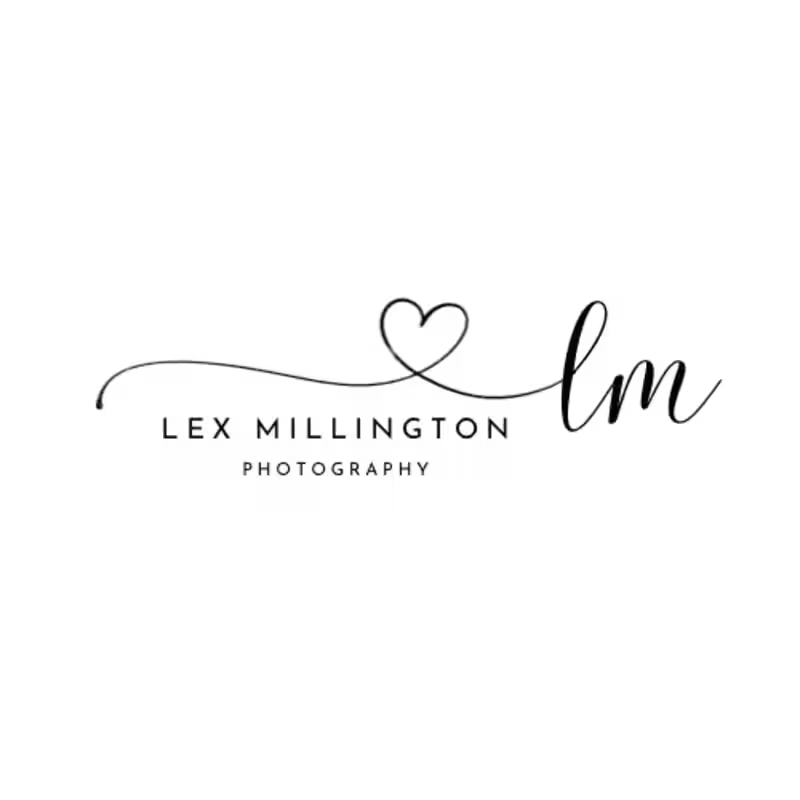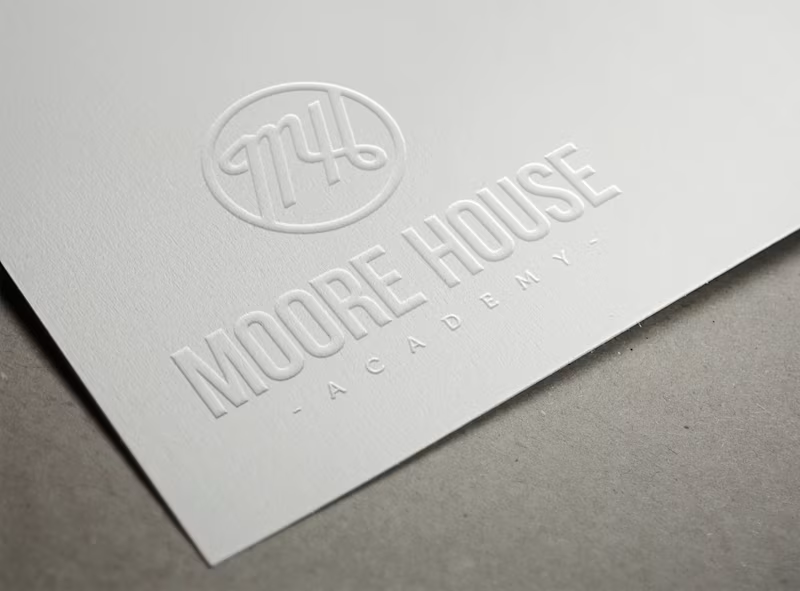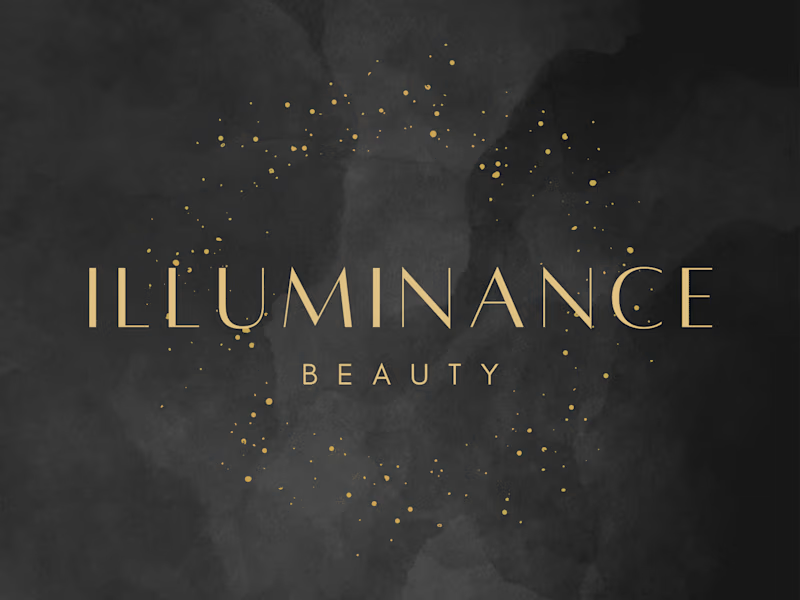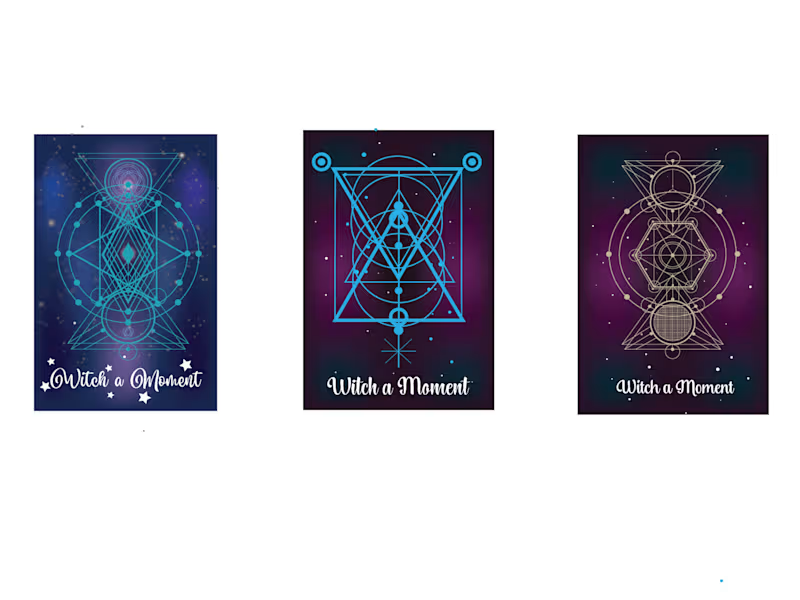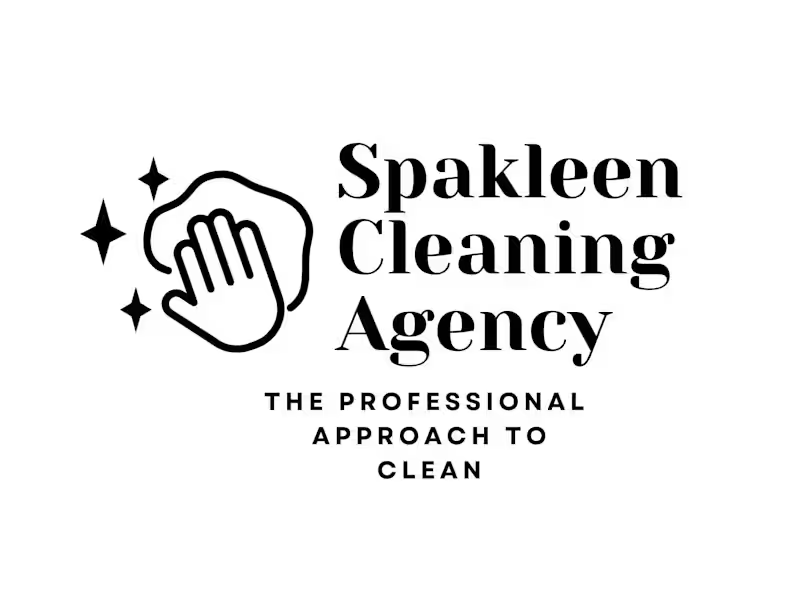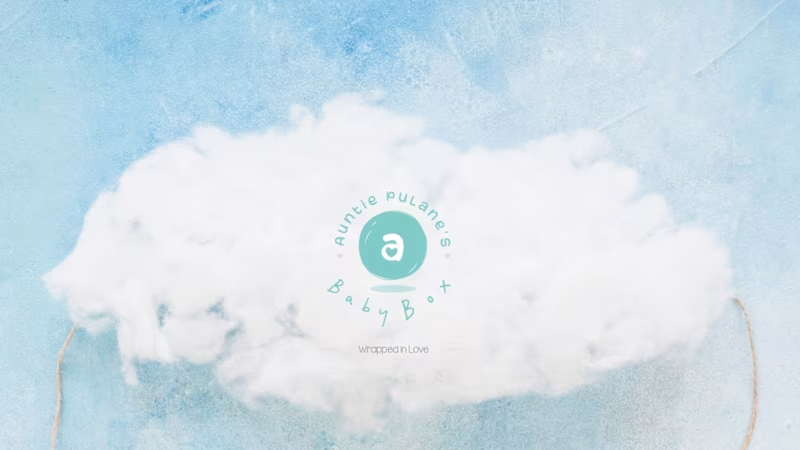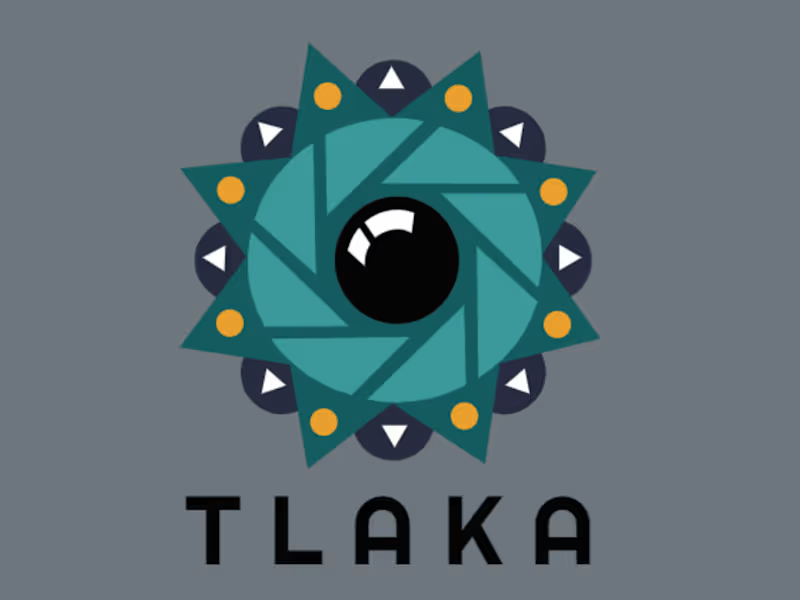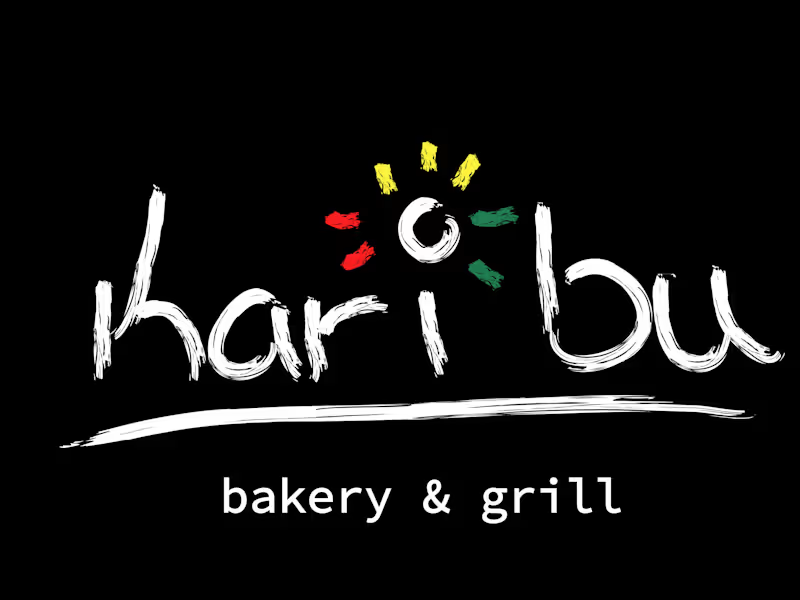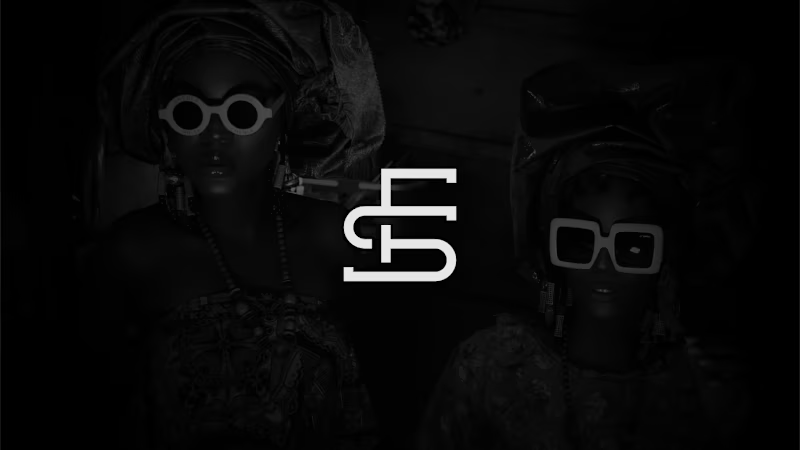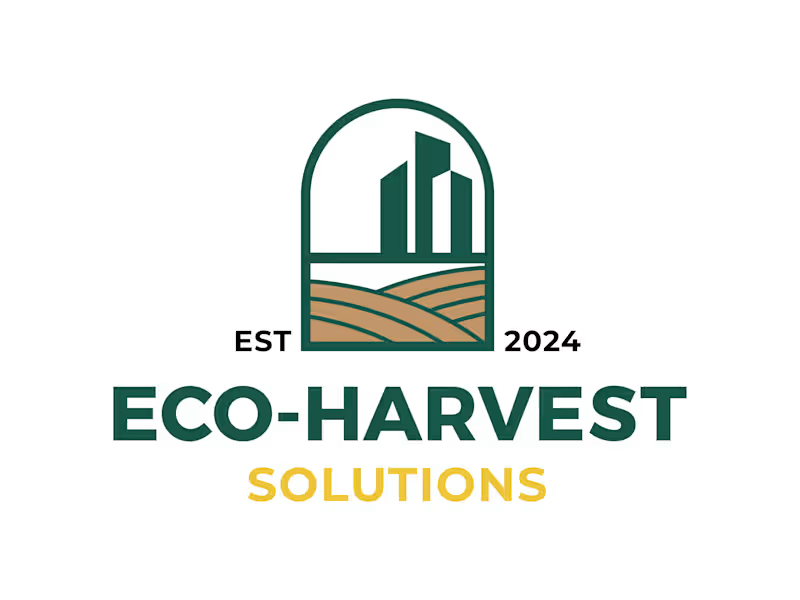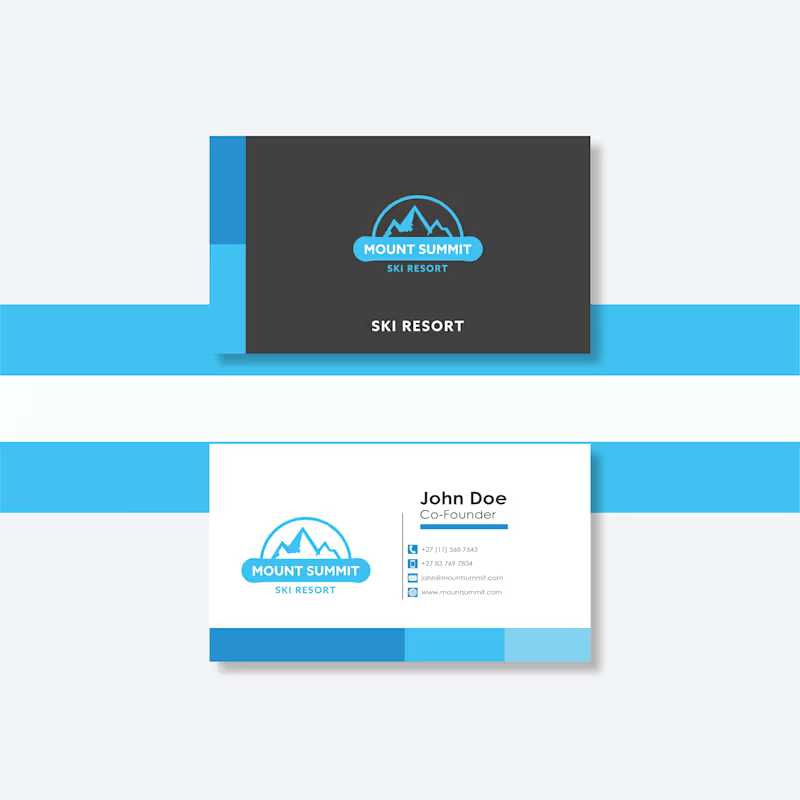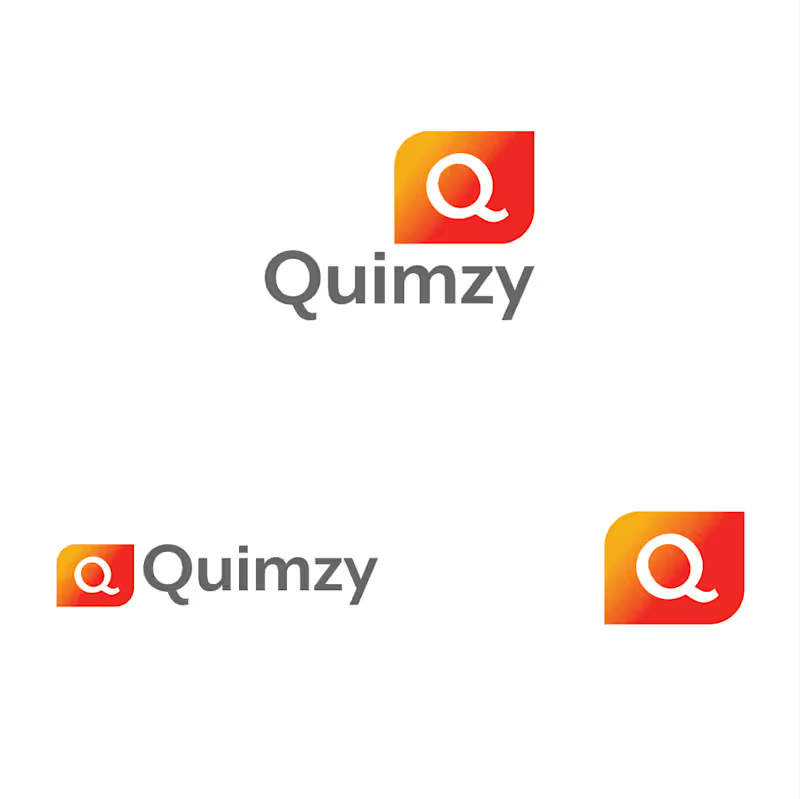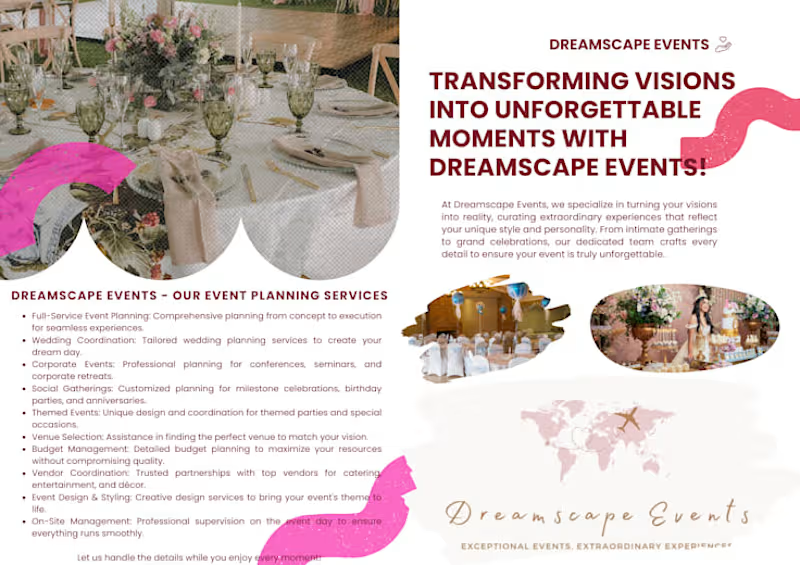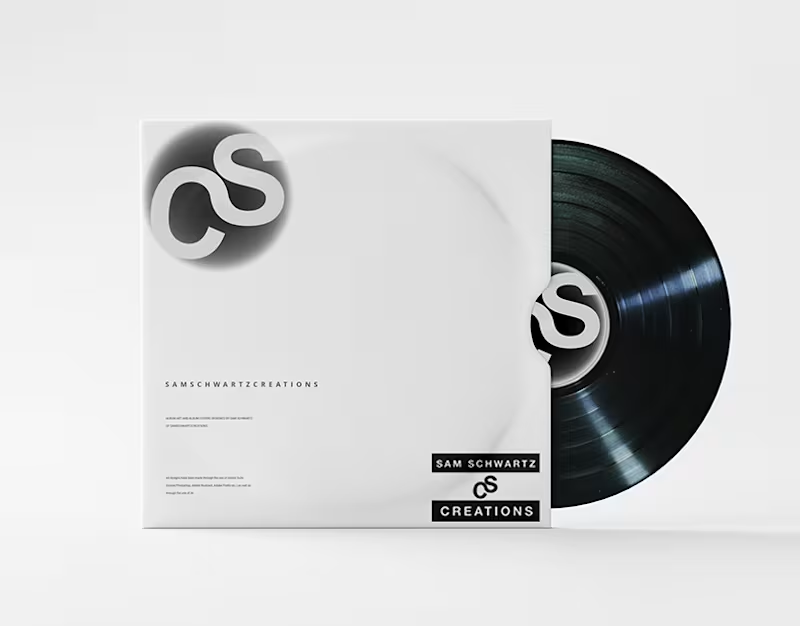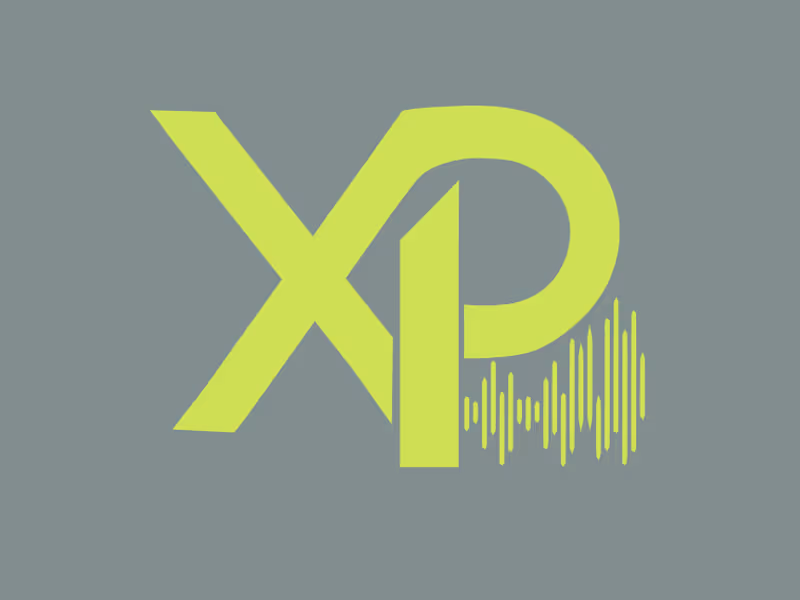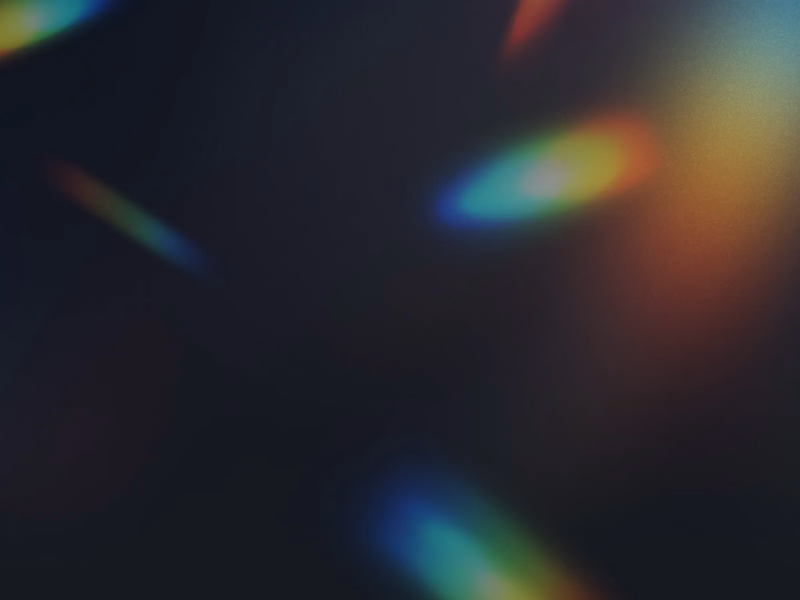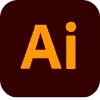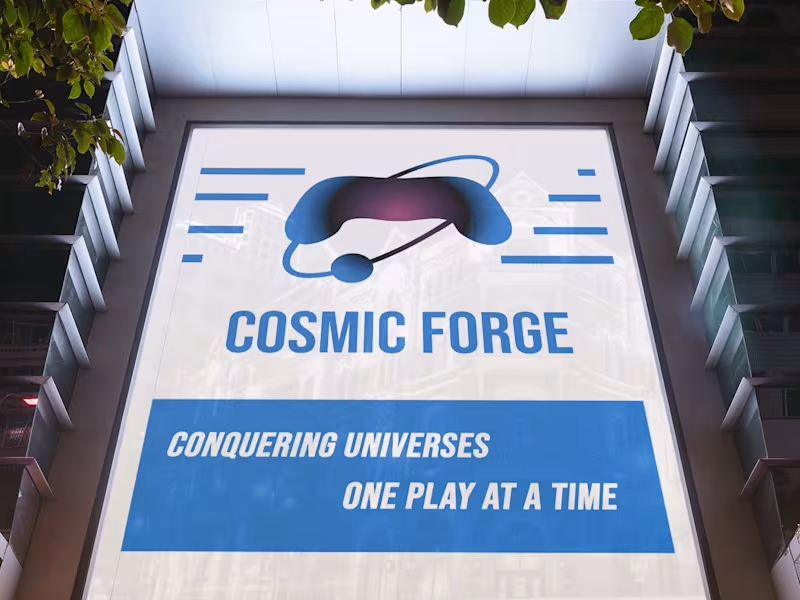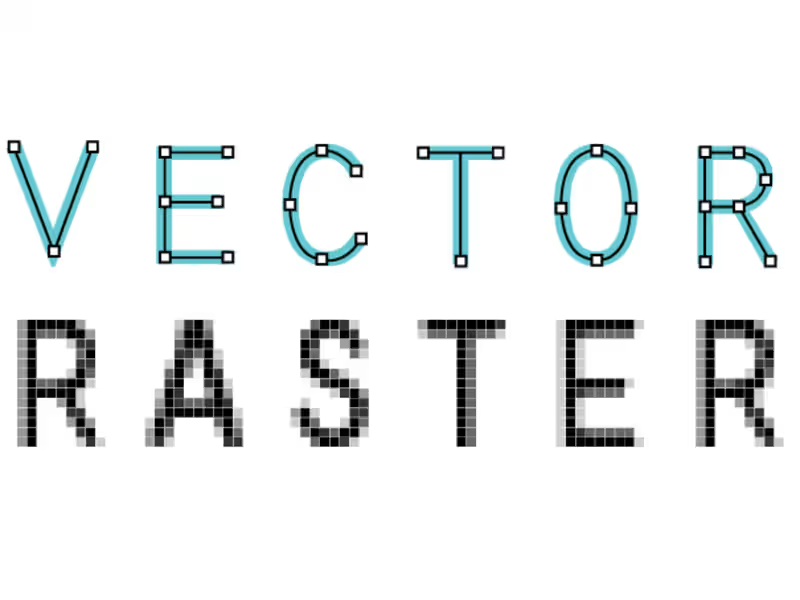What should I include in the project brief for a freelance logo designer?
A good project brief helps the designer understand what you need. Be clear about your brand identity, including colors or styles you like. Mention who your audience is and how you want them to feel when they see your logo. Also, set clear goals for the logo, like whether it should look modern or classic. This helps the designer create something perfect for you.
How do I ensure the logo designer captures the spirit of my brand?
Share stories and details about your brand's history and mission. Talk about the values and emotions you want to convey. Show examples of logos or designs you admire, even from other industries. This paints a picture for the designer and helps them connect with your brand’s core. Collaborating closely ensures that the designer gets the inner spirit of your brand.
What should I check in the logo designer’s portfolio?
Look for style and creativity that match what you want. Check if they have worked in your industry or on similar projects before. Notice if their designs are unique and memorable, not just trendy or generic. Their past work gives clues about their skills and how they might handle your project. Make sure their style fits what you're envisioning.
How can I agree on the deliverables with a freelance logo designer?
Make a list of what you will get at the end, like logo files in different formats. Decide how many design concepts and revisions the logo designer will provide. Agree on a timeline for each stage of the project. Be clear about any other things you might need, like social media or print versions. This way, both of you know what to expect.
What’s the best way to communicate with a logo designer during the project?
Choose a regular time to update each other on the progress. Decide on a communication method, like email or video chat, that works for both of you. In Gauteng, consider telephonic updates if you and the designer are local. Good communication helps avoid misunderstandings and keeps the project on track. Regular check-ins help make sure you both stay on the same page.
How do I establish a realistic timeline for the logo design project?
Discuss how long each phase should take, such as initial concepts and revisions. Consider how soon you need meeting updates and final delivery. Logo designers can have different work speeds, so align your timeline with their pace. If you're in Gauteng and need quick turnaround for an event, let them know right away. Setting a timeline early helps the project roll out smoothly.
What should I include in a mood board for my logo designer?
A mood board is a collection of images and ideas that show what style you like. Include elements like colors, textures, and font styles you love. Use visuals that evoke feelings or messages you want your brand to convey. If you’re in Gauteng, you might include local cultural influences or trends. This visual guide inspires the designer and clarifies your vision.
How can I ensure the logo aligns with different cultural or regional aspects in Gauteng?
Discuss with the designer about including local symbols or motifs. Share how regional values or trends impact your brand. Look at how competitor brands in Gauteng use cultural elements. This ensures your logo feels authentic and connects with your local audience. A thoughtful approach makes your logo stand out in your area.
How do I prepare for the initial meeting with a logo designer?
Gather all necessary information about your brand to share. Prepare a list of questions or areas where you need clarity. Have some examples or ideas ready to discuss during the meeting. This preparation helps the designer understand your needs quickly. A productive first meeting sets the foundation for a great project.
What files should I expect to receive for my new logo?
Ask for the logo in different formats, like JPEG, PNG, and vector files. These help for different uses, such as online and print. Ensure you get both color and black-and-white versions for flexibility. Don’t forget to request a brand guide that explains logo usage rules. Having these files makes it easy to use your logo everywhere.
Who is Contra for?
Contra is designed for both freelancers (referred to as "independents") and clients. Freelancers can showcase their work, connect with clients, and manage projects commission-free. Clients can discover and hire top freelance talent for their projects.
What is the vision of Contra?
Contra aims to revolutionize the world of work by providing an all-in-one platform that empowers freelancers and clients to connect and collaborate seamlessly, eliminating traditional barriers and commission fees.
